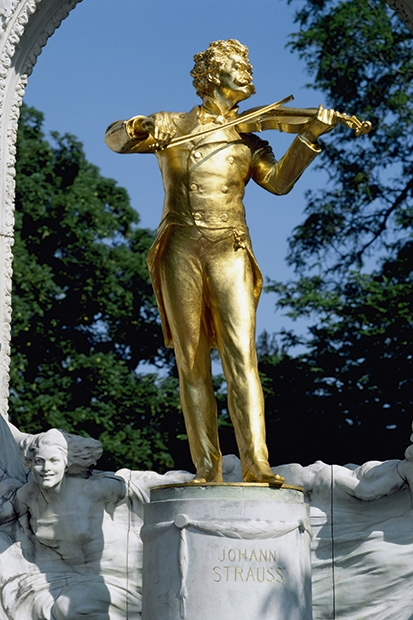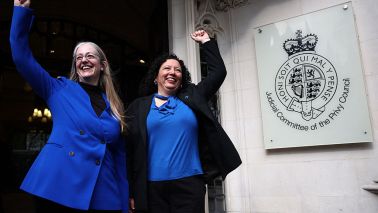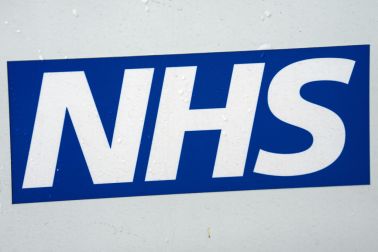People get the wrong idea about Vienna and I blame Johann Strauss. His plinky-plonky waltzes have become the soundtrack to the city, cementing Vienna’s public image as a place of balls and carriages and cream cakes. It’s an image the tourist board is keen to cultivate, and it makes good business sense. Tour groups visit the Spanish Riding School and the Vienna Boys’ Choir, eat a slice of Sachertorte and depart contented. It makes for a happy holiday, but Vienna is much more interesting than that.
Like a lot of stereotypes, Viennese clichés have some substance. Once upon a time, this was the mecca of modern music: Schubert was the local hero; Haydn, Mozart, Beethoven, Brahms and Wagner hung out here. Mahler was the director of the opera house, though he had to become a Catholic to get the job — Jewish conductors were verboten. This awkward detail reveals an uncomfortable truth about Vienna. It’s beautiful, it’s romantic, but — and this is what makes it interesting — Vienna isn’t nice.
This used to be a Jewish city, and it’s hard to wander its lovely boulevards without pondering what’s been lost. Sigmund Freud used to walk around the Ringstrasse every day. I like to follow in his footsteps. His apartment is a fascinating museum, but its rooms feel bare and empty. Rachel Whiteread’s Holocaust Memorial, on Judenplatz, sums up this sense of absence. Her concrete sculpture depicts a library. Its books are all turned inwards, their spines concealed.
Before the fall of the Berlin Wall, Vienna was a Cold War cul-de-sac, surrounded on three sides by the Iron Curtain. Further east than Prague, it felt like the end of a dead-end street, at the edge of the free world. The collapse of communism revived the city.








Comments
Join the debate for just £1 a month
Be part of the conversation with other Spectator readers by getting your first three months for £3.
UNLOCK ACCESS Just £1 a monthAlready a subscriber? Log in